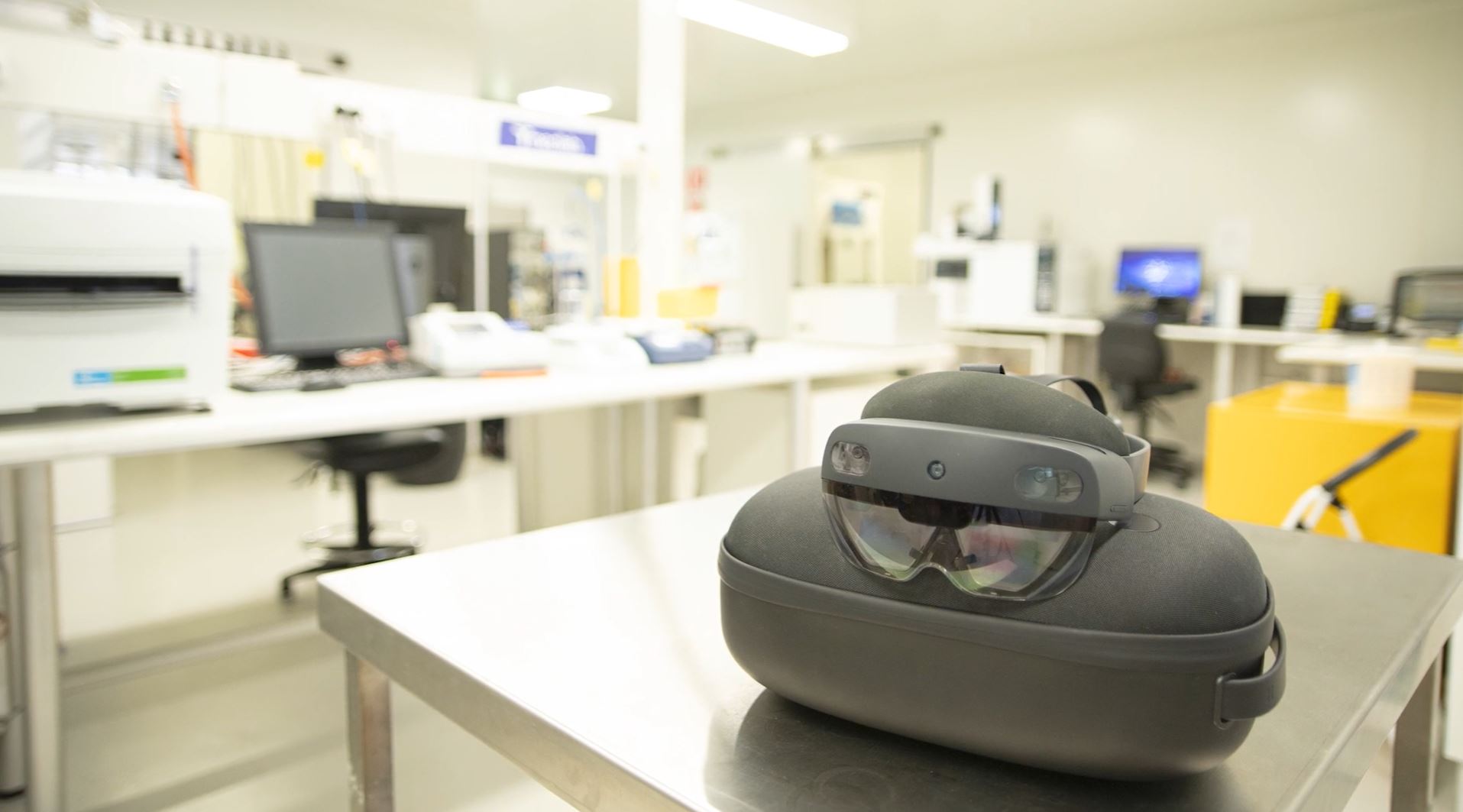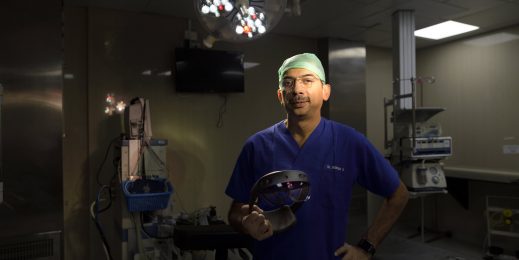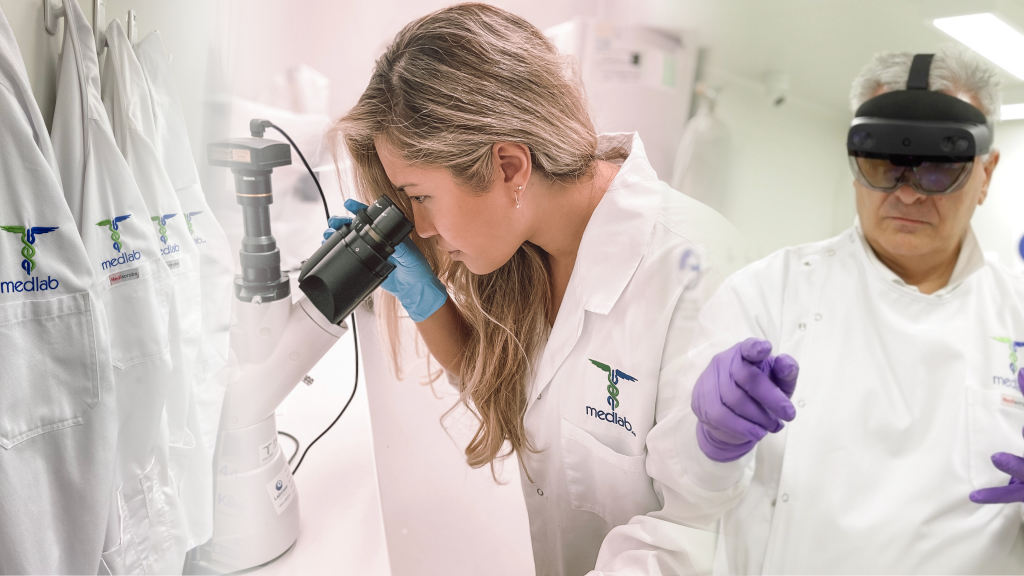
Medlab Clinical conquers pandemic’s tyranny of distance with mixed reality
Medlab is an Australian ASX-listed biotechnology company finding new ways to address some of the biggest health challenges of our time – including managing depression and opioid-alternatives to pain management. The highly innovative company, which uses nanotechnology to support effective drug delivery, operates globally with offices in the UK, USA and Australia.
Covid-19 brought a completely different challenge to business worldwide. Global travel was curtailed and in Australia – even crossing state borders proved impossible for a time.
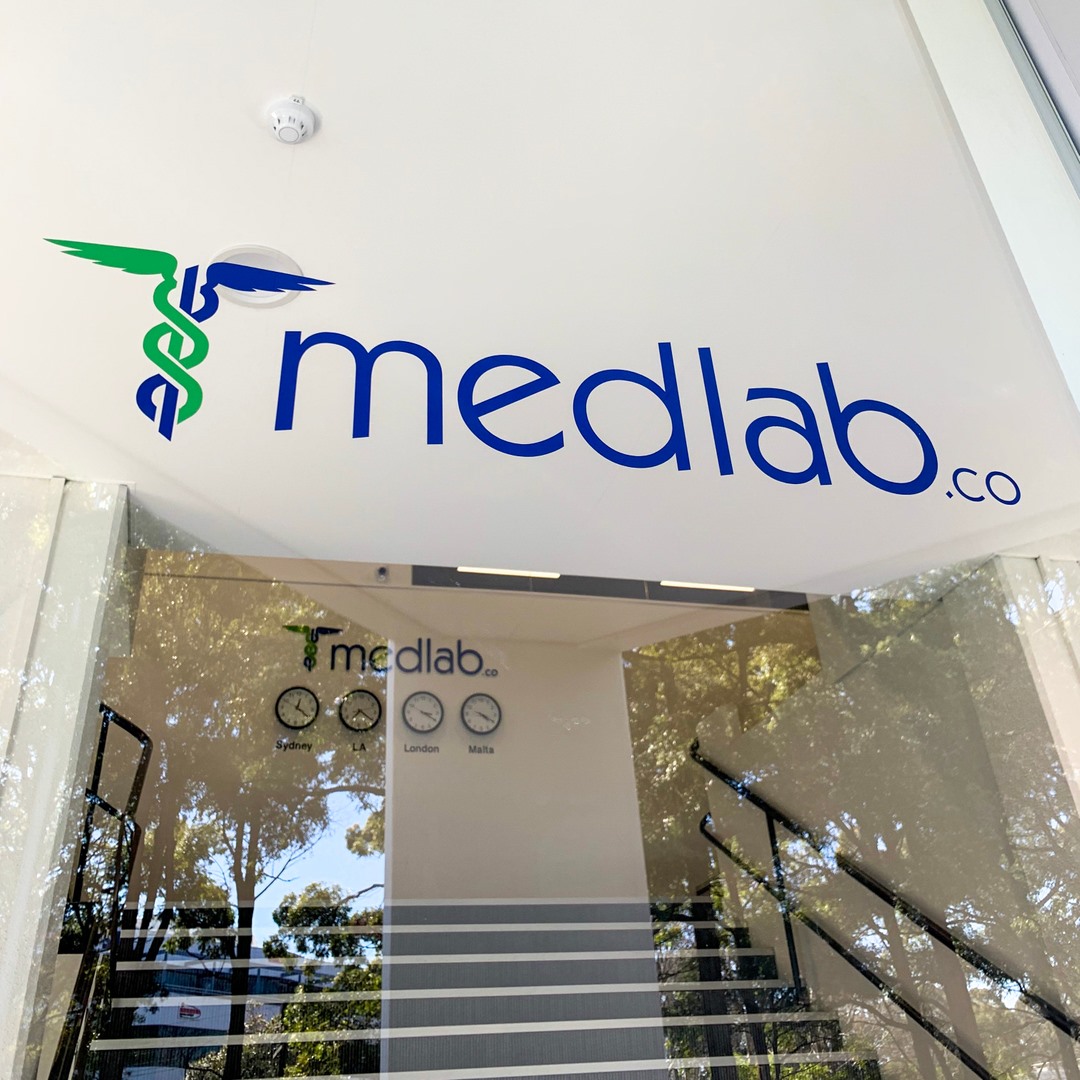
Professor Luis Vitetta, Director of Medical Research at Medlab Clinical and Professor of Medicine at the University of Sydney, works closely with colleagues at the Queensland University of Technology. However, border restrictions meant that people in Queensland were unable to travel the 900 kilometres to the lab.
Mixed reality technology, powered by Dynamics 365 Remote Assist and HoloLens 2, has allowed that collaboration to continue through COVID-19 and beyond. Medlab no longer has to worry about travel restrictions since mixed reality now enables their doctors, research professors and lab technicians to collaborate hands-free, in real-time from anywhere in the world. Ian Curtinsmith, Medlab’s Chief Information Officer has over the years been involved in multiple scenario planning and crisis management sessions, but when it came to the pandemic; “It was one of those far-fetched scenarios. Right up there with ’Lets role play… what happens if the zombies attack’.
Organisations around the world grappled with the challenge of needing to enable quality remote collaboration across geographical borders. Mixed reality not only made remote collaboration possible but enhanced the experience through 3D mixed reality annotations right within the employees’ real-world environment.
Having transitioned to cloud some years ago, Medlab was able to rapidly pivot to a work from home model for many of its staff. However, its lab technicians that still had to do essential work within its laboratories needed something more. Medlab operates a state-of-the-art Physical Containment Level 2 Laboratory (PC2 Lab) certified by the Department of Health’s Office of the Gene Technology Regulator.
There are four levels of physical containment applied to certified facilities arranged in order of ascending stringency of containment requirements, which reflect the level of risk involved in the activities being undertaken.
Managing the transition of the PC2 Lab to a COVID-safe environment was always going to require more than a laptop and internet connection.
Distance conquered
Medlab has manufacturing partners around the world and is undertaking advanced clinical trials. In the past it would have involved flying in a doctor or professor onsite to collaborate on the trial – yet, with the global pandemic and resulting travel restrictions, that was no longer an option.
Curtinsmith instead turned to mixed reality and invested in Microsoft’s HoloLens 2 with Dynamics 365 Remote Assist to help ensure critical business continuity for Medlab during these challenging times.
“This technology allowed Medlab to put any one of our staff globally, virtually into our PC2 lab or a manufacturing partner’s lab,” says Curtinsmith.
A professor could talk to the technician in our Lab – physically see the results as they happened, provide advice or just simply monitor to provide oversight.
If reference material needed to be shared it could be done right within the head-mounted device – so both parties can simultaneously see the same information displayed in real-time while still being able to work hands-free, even though they could physically be thousands of kilometres away from one another.
Curtinsmith said that the business case for mixed or augmented reality might previously have been purely economic and environmental – allowing Medlab to save the cost of international flights and as a result reducing its carbon footprint.
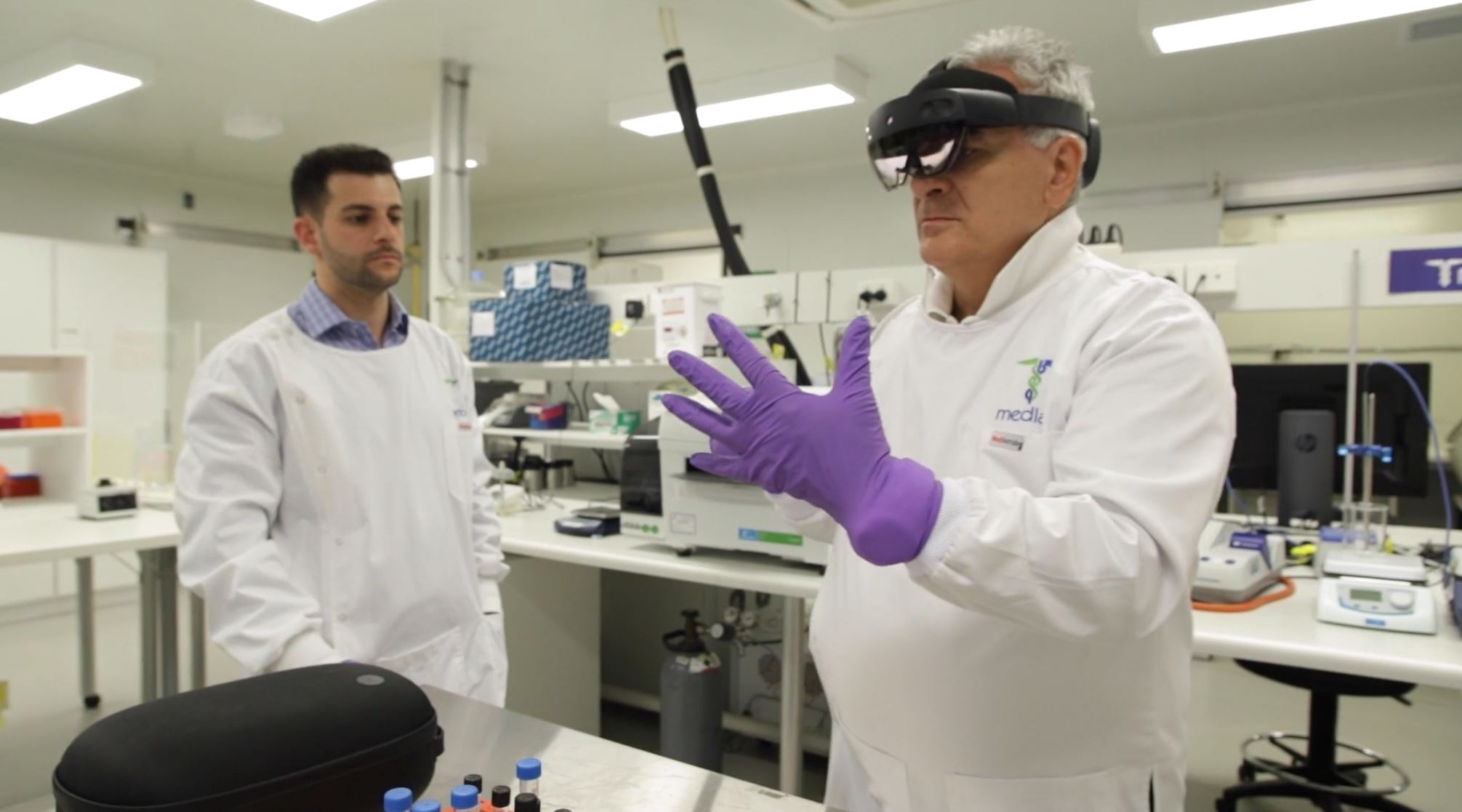
The pandemic however offered a unique opportunity to use mixed reality to actually catapult the business forward. Curtinsmith explains; “I did not want to be one of those companies, that come out the other end of this global pandemic that said ‘We battened down the hatches, we survived and now we can continue where we left off last year.’
“The idea that “we survived” could become a benchmark for success, wasn’t really acceptable, he adds. Medlab wanted to do more – it wanted to be able to thrive despite the challenging global macroeconomic conditions and still ensure quality production for customers.
Introducing Dynamics 365 Remote Assist on HoloLens 2, has delivered significant benefits beyond mere survival. Instead of having to wait until an expert or international partner was available to oversee manufacturing protocols– now, it is much easier to seamlessly schedule an hour or two to collaborate in real-time via Remote Assist on a HoloLens 2, all without even having to set foot outside their home.
Improved access
Professor Vitetta explains that in the past researchers from interstate and overseas would travel to the Sydney laboratory, but “The global pandemic has separated researchers in this company and it may have for others”.
Leveraging the augmented reality that the HoloLen2s brings to the research platform, allows researchers to come together to discuss issues of clinical trials, lab methodology, data acquisition that would not have been possible without Dynamics 365 Remote Assist on the HoloLens.

According to Vitetta; “This facility makes it so simple to discuss the research data, and have people input to laboratory methodology, clinical trial methodologies, formulations we have with relation to pharmaceutical medicines. The sky’s the limit.”
Dave Rutollo is one of the scientists Vitetta would have once engaged with in person. But Medlab Clinical’s Director of Science is based in the US.
Expert in the application of nanocell technology to improve the delivery and efficacy of medicines and nutrients, Rutollo says that; “The way we used to collaborate before COVID was we had a lot more physical visits, working with technical people in the lab.
What we try to do now is communicate with them in other ways. When we are asking them to do some lab work, pilot work, set up protocols for manufacturing – that is now a remote method. HoloLens provides the opportunity to directly communicate without being in a lab or manufacturing facility, to make sure all the technology we have transferred is working correctly.
Dynamics 365 Remote Assist also allows information to be easily shared between HoloLens 2 users, anchored right within their real-world environments to provide useful context in their work.
“If there are any adjustments to be made in real time we can do it right then and there without a lot of back and forth. We can also transmit documents at the same time. In our field, because formulations have a lot of data, it can be very useful to look at data at the same time you are making an actual adjustment in the lab,” Rutollo adds.

Mixed reality has also helped to upskill Medlab’s team, says Curtinsmith. “We could upskill our employees by tapping into remote experts. A junior lab technician, who may not have had the opportunity previously to visit and learn from a senior professor in the US – well that same lab tech could now watch the experiment the professor was undertaking and learn from it, in a way that wasn’t possible before.
*It has a positive contribution to safety and quality, by providing easy access to critical information and data and have it directly in front of the lab tech while they were doing the experiment.”
*It made it easier and less daunting to ask for assistance and being able to demonstrate what was occurring, which improved collaboration.”
And the additional economic and environmental benefits associated with less travel were still there to be reaped.
Control and governance
As a global biotechnology company with international trials currently underway, Medlab has a raft of regulatory and legislative requirements to follow. Its corporate governance frameworks extend from the Food and Drug Administration in the US, to Australia’s Therapeutic Goods Administration, as well as the Office of Drug Control in both nations.
Compliance requires Medlab to have a number of documented Standard Operating Procedures, which have required updating to account for the use of HoloLens2 and mixed reality. Medlab has also developed a series of guides that were tailored to the different applications that the technology could be used for that would deliver business value.
The proof of concept for the technology saw Medlab invest in a single HoloLens2 that was first tested by the IT team. After the initial and successful trial a second device was purchased and managers introduced to the technology which is now being used in production. The first device is now in use in the PC2 Lab in Sydney, the second is in its US office. Medlab expects to invest in more HoloLens 2 devices equipped with Dynamics 365 Remote Assist as the business grows and plans to deploy mixed reality solutions on a global scale.
According to Curtinsmith; “I believe augmented reality is here to stay. The benefits of overlapping the virtual and physical worlds are hard to ignore.
Quality, efficacy, efficiency, safety, collaboration and training, as well as better access to subject experts all increased. Costs and resource constraints decreased. What’s not to like?
He recommends that technology leaders in all sectors take the time to explore the potential of mixed reality. “Perhaps it might not be fit for purpose in your particular business – but it will help you understand what your competitors have access to, so at least you can be prepared.”
Perhaps, even in preparing for a zombie attack.
